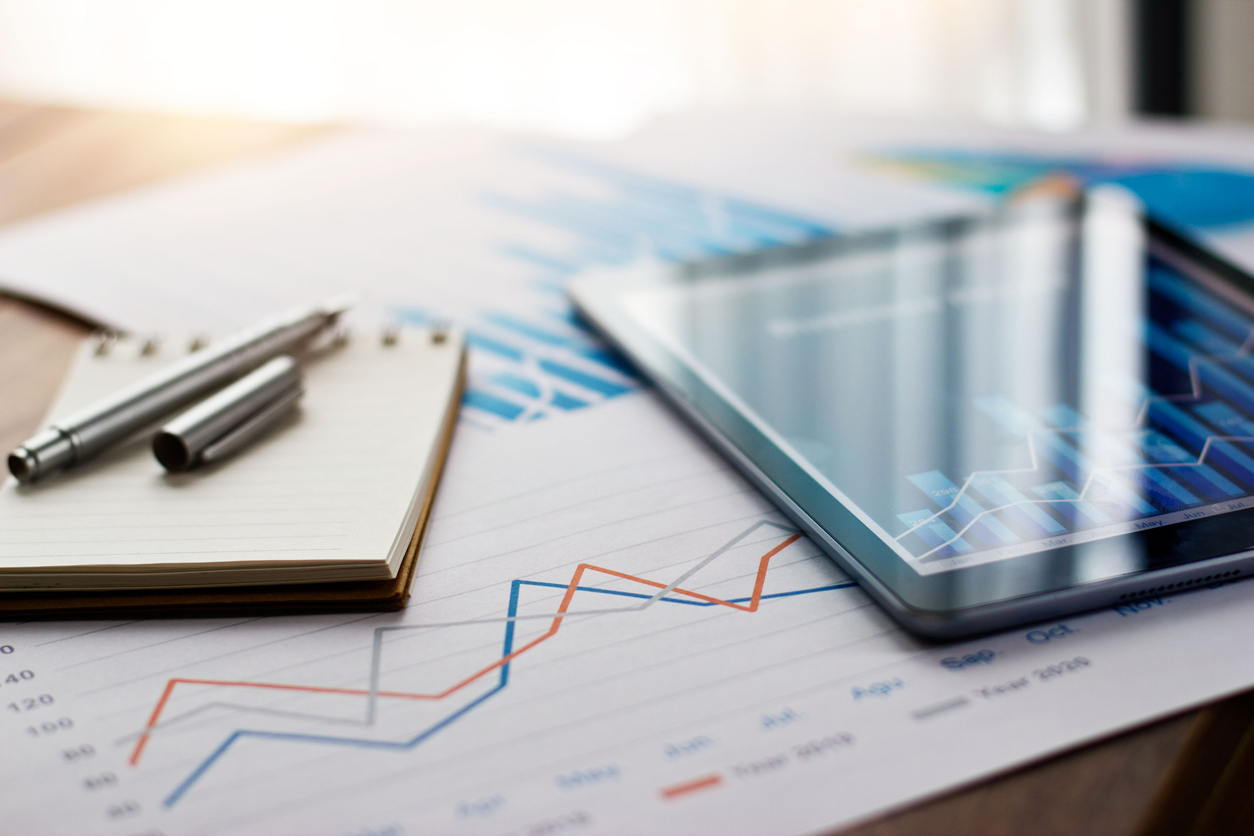Almost all of life’s decisions have unintended consequences despite the best efforts of all concerned. This quarter’s market wrap-up examines those effects.
The pandemic of 2020, the subsequent shutdowns across the country, and the ensuing economic stimulus measures are all prime examples. The shutdowns in response to the pandemic were intended to save lives, yet at a great economic cost. The unintended consequence, however, took a great toll on certain segments of society while giving a great advantage to others. The subsequent monetary stimulus from the Federal Reserve in providing ultra-low interest rates and quantitative easing, combined with the fiscal stimulus from Congress in two extraordinary relief packages from two Administrations produced unprecedented inflation – the highest inflation rate since the early 1980s. Perhaps the inflationary surge was expected, but the banking crisis which has resulted was not. Hence the unintended consequence.
The banking crisis arose from essentially three different elements coalescing simultaneously. First, the surge in technologies surrounding remote work prompted by the shutdowns caused many banks to lend too aggressively to such companies; this certainly was true of Silicon Valley Bank (SVB). Second, the two-tiered stress test for money-centered banks like Bank of America or Morgan Stanley is much more rigorous than for regional or community banks. This two-tiered system essentially supports small and medium-sized businesses, but at the same time, makes them more vulnerable to seismic economic shifts like we are currently experiencing. Finally, the sharp rise in interest rates in the last year has had a very adverse effect on bond prices. The bond market is roughly four times the size of the stock market and is especially central to the economics of banking. Consequently, if a bank’s bond portfolio is invested too aggressively, the losses could be more than regional or community banks could handle. In fact, some international banks such as Credit Suisse also failed in recent weeks.
The unintended consequences have been greater than most expected. Inflation remains stubbornly persistent, especially in the service sector. The banking crisis, while quiet now, could provide more surprises in the weeks and months to come. The banking issue by itself could prove disinflationary as lending standards are tightened and the worst of bond declines are likely behind us at this point. The likelihood of a true recession is greater now than at the beginning of the year. The strong labor market seems to be showing signs of weakening and consumer spending also seems to be slowing down. The stock market, of course, is very sensitive to all the aforementioned economic issues; this accounts for the volatility of the past few weeks. In the end, the market still ended the first quarter of 2023 up roughly 6%, but it remains about 15% below its all-time high.
It’s important to remember that the stock market typically looks six-to-nine months into the future. This means that it is looking past a mild recession later year, a lessening of inflation, but probably more than the historical 2% rate of the last decade, and an expectation that the banking crisis will be managed and contained as it has been so far. The wild card in the game, however, is rising international tensions between the U.S. and China and the ongoing war in Ukraine. If some unexpected incident occurs and tensions further escalate, then the market’s relatively optimistic outlook could suddenly shift. One final reminder, the market over the long term has produced outstanding results, as it adjusts to the ebb and flow of the economy. For example, the S&P 500 from 2002 to 2022 produced an annual return of 9.2%, through the turbulence of the war on terror, the disruptive Great Recession, political division, social strife, and finally a global pandemic and the economic debris it produced. That’s a better return than what is available across the entire Treasury curve right now. It may seem overwhelming in the short term, but history has shown the market rewarding the long-term investor. Your 401(k) account is the quintessential long-term investment.
Like John’s content? Read more of John’s market commentary and market wrap-ups.





